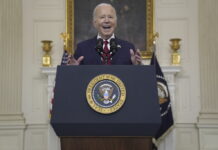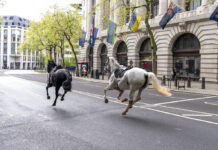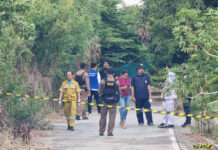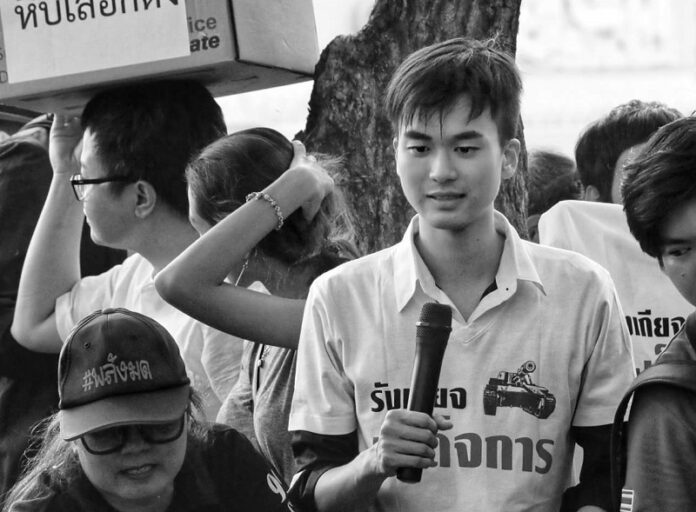
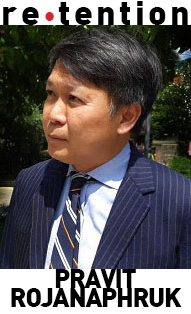
The latest wave of anti-junta protests may have come too late for some as nearly four years have passed since the 2014 coup.
Some may say it won’t make much difference, if any, since the National Council for Peace and Order, the formal name of the junta, has become so entrenched in its absolute power after nearly four years of illegitimate rule.
Another way of looking at it is that there continue to be Thai citizens who resist the military. This belies the junta’s claims it has support from all the people.
Although the demand no longer calls for the immediate ousting of the junta, but for its leader Gen. Prayuth Chan-ocha to honor his word that elections will take place in November, the renewed protest is better than nothing.
Protests have come on the back of yet another postponement which could see elections take place as late as February 2019.
Some new faces, particularly university students, are joining too.
On Feb. 10 at Democracy Monument, a crowd of several hundred listened as Thammasat University student Karn Pongpraphapan addressed them. It was a debut for the fourth-year LGBT student and some not only found him to be a natural speaker but a potential future leader. This is a good sign as the future of Thai society rests on the younger generation.
If anything, the renewed protest will offer a cautionary tale for future coup-maker wannabes. They will know that resistance will continue – even after years of entrenched military rule.
On the side of the demonstrators, they are also aware of the importance of trying to broaden the anti-junta alliance. This was primarily done by the fact that protesters decided to coin a new name to represent the renewed demonstrations, by attempting to transcend the color-code political divides.
“People who Wants Elections,” or “khon yak luek tang,” was the new name chosen for their latest intifada. It deliberately makes no reference to the yellow-red color divide.
Yellowshirt Veera Somkwamkid has now twice joined the protests – predominantly filled with Redshirts anti-juntanites – and told me earlier this week that he had been accused by Yellowshirts of selling out and turning into a Redshirt, while some reds accused him of being a spy in their midst.
Veera has so far shrugged off allegations from both sides and vowed to join future protests as long as he shares a common goal against the military junta.
Thai democracy needs more people such as Veera, people who will not be trapped by the toxic political past and be able to see the urgency of joint action for a common future.
People may not need to agree on everything. In fact it’s naïve to expect that they should. What’s important is to foster enough common ground so Thai society can move forward on issues such as anti-corruption or civilian supremacy over the military.
Not all can be as feisty and nonchalant as Veera, so it may be premature at this stage to expect a grand alliance of anti-junta protests. The attempts by some protesters to become more inclusive and put aside color-code politics is a welcoming move nonetheless.
As for the military junta, they are resorting to both using sedition and other charges against key protesters while employing implicit tactics such as placing potted plants around Democracy Monument, filling the symbolic which protesters want to occupy. Its symbolism dates back to past revolts against military rule, chiefly in 1973 and 1992, when military dictators were twice ousted after masses of demonstrators converged at the spot.
With both sides trying to improvise and adjust their strategies, the months leading up to the promised November elections will become a battle of wit and will.

